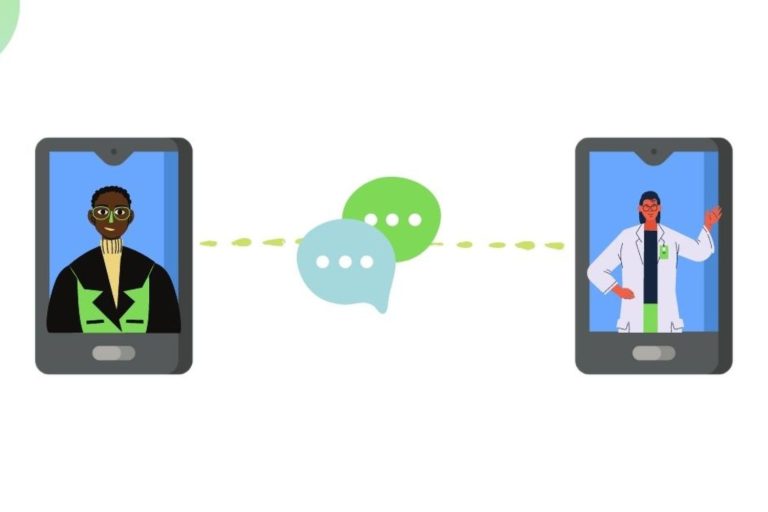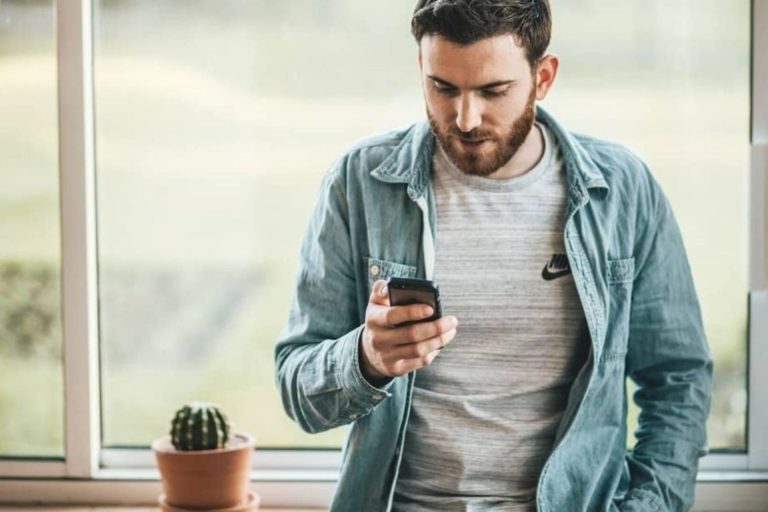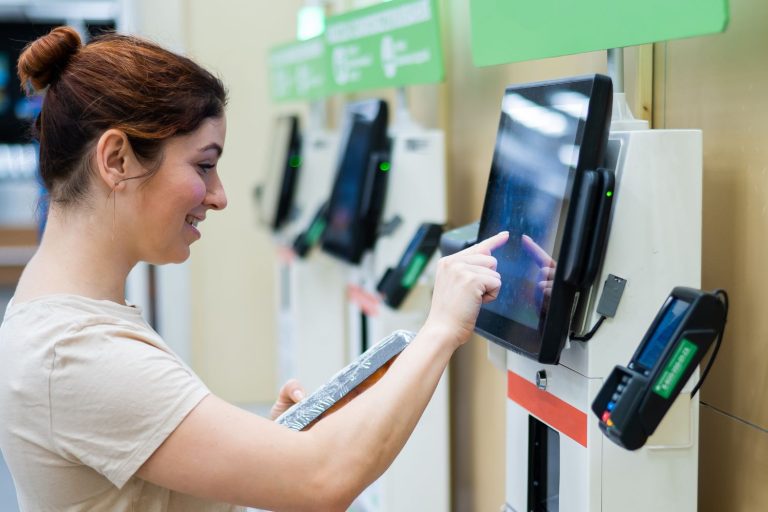Faster, Safer, & Convenient: Here’s How QR Codes Are Transforming Patient Intake
Last week, my family and I stepped out to dine at a restaurant in the neighborhood. While everyone settled down from the excitement of escaping quarantine cooking, I, unlike before, quickly grab my smartphone and point it towards the QR code plastered on the table surface. And voila, I have the menu on my phone that I pass around amidst the continuous chitter-chatter.
Today, QR codes have become ubiquitous – everywhere from restaurants, stores, pharmacies, to even hotels. With the pandemic, no-contact has become a necessity, and QR codes have emerged as the unexpected winner.
So, how are QR codes playing a role in the healthcare industry? Let’s take a look.
Challenges of Traditional Patient Arrivals
With the pandemic, the healthcare community had to figure out ways to break from the traditional setting to minimize infection risk. This led to the shift towards virtual care and digital tools.
Telehealth visits shot up tremendously. Practices used mobile pre-visit registration to allow patients to complete intake forms before they came for their visit. Online payments became everyone’s favorite.
However, when patients arrived at the facility, the process went back to the usual ways. Patients either had to use a kiosk or approach the front desk to confirm their arrival. This risked safety measures, making the last leg of the intake process vulnerable.
This is where QR codes are becoming a game-changer.
Mobile Arrivals

With mobile arrivals, you can generate a QR code, take a printout, and paste it in preferred locations, such as the parking lot, practice entrance, or near your existing kiosk station.
Once the patient arrives at the clinic, they can simply scan the QR code to confirm their arrival. Once they authenticate their login, they can quickly confirm their arrival. At the same time, your front office staff receives a real-time alert. The staff can process the check-in and send the patient to the exam room.
This way, QR codes create a safe environment for physical visits for everyone – be it the patients or the staff. With shorter lines, minimum face-to-face interactions, and zero surface contact, QR codes drastically reduce the risk of exposure.
Zero-contact Check-in
Apart from confirming arrivals, your practice can take QR codes one step further by allowing patients to complete their intake forms from the parking lot while seated in the car or at any location in the facility.
You can configure the QR code with a registration link. Using this, the patients can complete their intake process – i.e., provide demographics, clinical data, and insurance details, and even make online payments – without using paper forms or even common check-in hardware.
QR Codes Beyond COVID-19
While we all agree that QR codes have become an invaluable addition during the current situation, is it worth adopting in the long run? The answer is a resounding YES. Here’s why:
- Cost-effective intake solution: Where paper forms are time-consuming, cumbersome, and not to mention an expensive intake process, check-in hardware like handheld devices and kiosks can become a huge investment for a few practices. QR codes overcome cost barriers and manual inefficiencies by leveraging the patient’s mobile device to ensure digital check-in. All you have to do is paste the QR code in the prominent locations of the practice, say, the parking lot, front office, or waiting room, and you can set up a digital patient intake in no time.
- Simple and convenient: Unlike a few years back, most smartphones today don’t require an additional app or reader to scan QR codes. Patients can open their camera to scan the code and open the link that pops up. Besides, most consumers are familiar with the rising trend of mobile payments, such as PayPal, that use a QR code for touch-free payments. This makes it relatively easy for everyone to use the technology.
- Shorter lines, faster check-in: Patients can confirm their arrival or complete their intake forms using a QR code while seated in their car instead of waiting in a crowded front office. Using a digital patient intake solution such as this, your staff can access patient data, monitor check-in status, and push more patients through the exam room in a shorter time. This directly improves your patient experience and staff productivity.
- Safer environment: Minimizing the risk of infection to build a safe space is fundamental for any healthcare facility, even before the onset of the pandemic. Using such zero-touch experiences will ensure that both your staff and patients always stay safe – whether it is from COVID-19, flu infection, or any transmissible disease.
Here’s how a leading FQHC adopted QR codes with CheckinAsyst
United Medical Center, a leading Federally Qualified Health Center (FQHC) in Eagle Pass, Texas, organizes COVID-19 vaccination drives across its nine service sites. As a result, they had to plan vaccinations for a large patient group, collect check-in information from both new and existing patients, and manage an anxious crowd to ensure safety measures weren’t violated, all by using manual processes and limited staff.
UMC turned to CheckinAsyst and its QR code-enabled mobile arrivals and zero-touch check-in to overcome this challenging situation. Here’s how it turned out:
On the day of the vaccination drive, patients came to the facility and used the QR code placed in the parking lots to confirm their arrival. Patients who hadn’t completed their intake forms could provide the necessary demographics and clinical information while waiting in the car. Using the CheckinAsyst dashboard, the front office staff could quickly monitor patients who had arrived at the facility and completed their check-in forms. With the real-time data in hand, the staff quickly administered vaccination for patients who had completed all the necessary formalities.
This way, UMC was able to speed up their check-in process and managed to vaccinate 800-1000 patients per day, all by maintaining social distancing, minimizing manual handouts between staff, and reducing the risk of infection. With both patients and staff getting accustomed to the faster, convenient way to check-in, UMC is determined to make QR codes a usual practice beyond COVID-19.
Closing Thoughts
From patient arrivals, zero-touch check-in to contactless payments, QR codes offer a convenient, cost-effective solution. By leveraging this technology, your practice can replace paper-based, manual processes, minimize staff burden, and streamline the check-in process. And with the convenience of a mobile-based intake, your practice can reduce wait times and improve patient satisfaction like never before.
Ready to take advantage of QR code-based mobile arrivals? Schedule a demo to learn how you can transform your patient check-in.



![Great [Patient] Expectations](https://www.healthasyst.com/checkinasyst/wp-content/uploads/2021/06/Great-Patient-Expectations-768x510.jpg)



